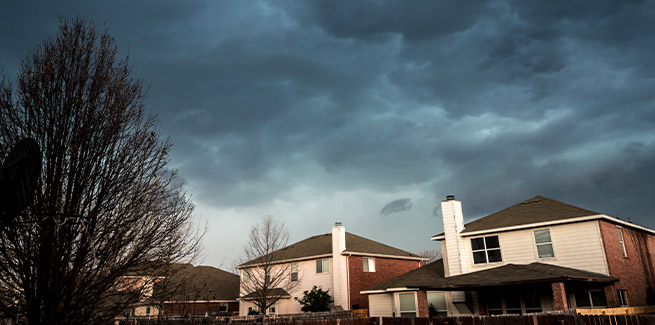Over the past few months, economic indicators have been pointing to a recovery in the Australian housing market, following an 18-month downturn which saw national home values fall by approximately 8.3 per cent.
According to the latest data from CoreLogic, national home values rose by 0.9 per cent in September, following an increase of 0.8 per cent in August – the first monthly rise since April 2017.
The national improvement has largely been driven by an upturn in Sydney and Melbourne, where home values have increased by a cumulative 3.6 per cent and 3.5 per cent, respectively, over the past four months.
The pick-up in dwelling values has coincided with a rise in home lending activity, with the Australian Bureau of Statistics’ latest Lending to Households and Businesses data reporting a 2.9 per cent rise (seasonally adjusted) in the value of home loans settled in August, which followed a 5.1 per cent increase in July.
However, in a webcast hosted by principal of Digital Finance Analytics (DFA) Martin North, US economist Harry Dent dismissed suggestions that the market has turned a corner.
According to Mr Dent, trends across real estate markets in developed economies are resembling pre-GFC conditions; however, the economist said that this time around, the dominoes would begin falling in Australia, not the United States.
“[The United States] led the last global crisis, and [the United States] led the real estate decline, which [Australia] didn’t experience,” he said.
“[US] real estate peaked about two years before the economy fell into recession. It was a leading indicator.
“To me, [Australia] is leading the second global bust in real estate. It’s going to be more pervasive; it’s going to affect more countries.”
Mr Dent claimed that the property market’s exposure to a weakening Chinese economy would be the primary trigger of the downturn, exacerbated by high household indebtedness, which currently stands at around 120 per cent of GDP.
“China is going to be the epicentre of that, which has much more impact on Australia than the United States for real estate, especially foreign buying and [trade],” he said.
Mr Dent’s sentiment was echoed by DFA’s Martin North, who added that recent rhetoric from the Reserve Bank of Australia (RBA) would fuel the slide.
“The interesting thing of course is that debt is higher than it’s ever been around the world and indeed in Australia, and yet the Reserve Bank here is basically encouraging people to get into the market now to try and support the economy,” Mr North said.
The RBA has maintained that the Australian economy has reached a “gentle turning point”, helped by its cuts to the official cash rate.
Despite this, the central bank is expected to cut rates further in the medium term, as it aims to “make more assured progress towards both full employment and the inflation target”.
However, in Mr Dent’s view, such easing would only exacerbate the looming correction in the property market, which he said is overvalued by around 40 per cent.
“Maybe we’re over-forecasting this, that’s possible, but there’s not much upside in real estate anywhere in the world left after a bubble this size,” Mr Dent added.
“This is the greatest bubble in real estate in modern history, and Australia is number two only to China in the extent of this bubble.
“There’s no way real estate is going to go up much further, even if you don’t have a crash, and it’s extremely likely that you’re going to have a substantial reset, a one-time [reset].”
This comes despite expectations from some analyst of a sustained nationwide recovery in home values.
In its Australian Housing Outlook 2019-22 report, insurance group QBE stated that it expects home values to rise in every capital city over the years to 2022.
According to QBE, Brisbane is set to experience the sharpest rise in house prices (20.3 per cent) over the three years to 2022, followed by Adelaide (12.7 per cent), Darwin (7 per cent), Canberra (6.4 per cent), Perth (6 per cent), Sydney (5.8 per cent), Melbourne (5.1 per cent) and Hobart (4.1 per cent).
Unit price growth has also been projected in all capital cities except Sydney, where unit prices are expected to drop 0.3 per cent over the same period.
Unit values are projected to rise sharpest in Darwin (9.2 per cent), followed by Canberra (6.7 per cent), Perth (5.3 per cent), Adelaide (4.7 per cent), Melbourne (3.8 per cent), Brisbane (3.2 per cent) and Hobart (2.8 per cent).
[Related: Low rates harming consumer confidence, concedes Treasurer]

